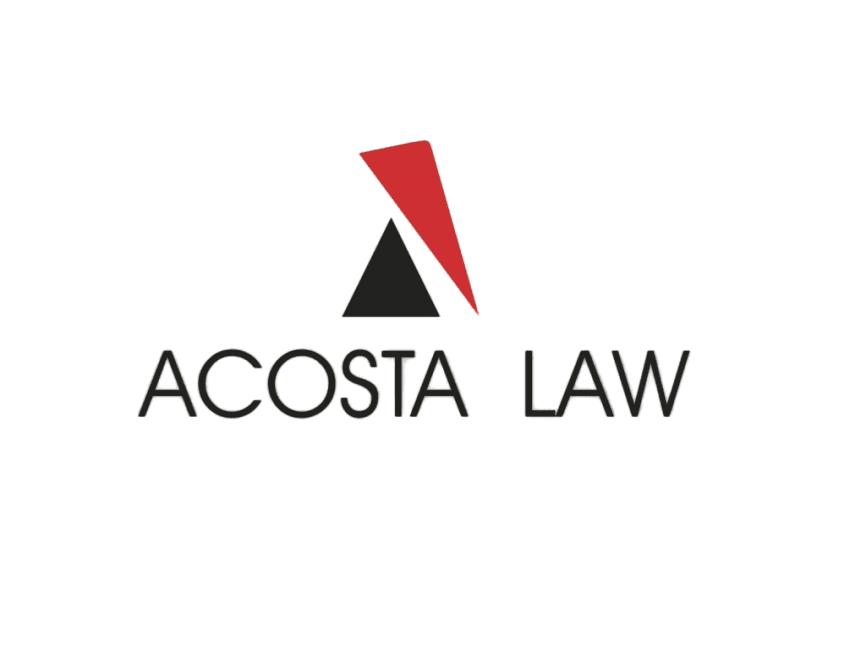Navigating Bankruptcy in Texas: Expert Tips from Acosta Law PC
Understanding Bankruptcy in Texas
Filing for bankruptcy can be a daunting process, especially when you're unsure of your options and the implications they carry. In Texas, bankruptcy laws offer a fresh start for those overwhelmed by debt, but navigating these legal waters requires careful consideration and expert guidance. At Acosta Law PC, we aim to demystify this process and provide you with essential information to make informed decisions.

Types of Bankruptcy: Chapter 7 vs. Chapter 13
The two most common types of bankruptcy for individuals are Chapter 7 and Chapter 13. Chapter 7 bankruptcy, often referred to as "liquidation bankruptcy," involves the sale of non-exempt assets to pay off creditors. This is typically suited for those with limited income who cannot repay their debts. On the other hand, Chapter 13 bankruptcy allows individuals with a regular income to create a repayment plan to pay back all or part of their debts over three to five years. Understanding which option is best for your situation is crucial.
Eligibility Criteria
Before filing for bankruptcy, it’s important to determine your eligibility. For Chapter 7, the means test is used to assess whether your income is low enough to qualify. This involves comparing your average monthly income against the state median income for a household of your size. If you earn less than the median, you may qualify for Chapter 7. For Chapter 13, you must have a steady income and unsecured debts less than $419,275 and secured debts less than $1,257,850.

Exemptions in Texas
Texas provides generous exemptions that allow you to protect certain assets during bankruptcy. Some key exemptions include the homestead exemption, which protects the equity in your home; personal property exemptions covering items like furniture and clothing; and vehicle exemptions allowing you to retain one or more vehicles up to a certain value. Knowing these exemptions can help in planning your bankruptcy strategy.
The Role of Legal Representation
While it's possible to file for bankruptcy without legal assistance, having an experienced attorney can significantly ease the process. A lawyer can help you understand your rights, choose the appropriate type of bankruptcy, and maximize asset protection through exemptions. At Acosta Law PC, we provide compassionate guidance tailored to your unique financial situation.

Steps in the Bankruptcy Process
Filing for bankruptcy involves several steps. Here's a brief overview:
- Gathering financial documents, including income records, debts, and expenses.
- Completing mandatory credit counseling from an approved agency.
- Filing a petition with the bankruptcy court.
- Attending the meeting of creditors (341 meeting).
- Receiving the discharge of debts (if applicable).
Life After Bankruptcy
Emerging from bankruptcy offers a chance to rebuild your financial life. It’s essential to establish a budget, maintain consistent payment on remaining debts, and gradually rebuild your credit score. Over time, responsible financial behavior can restore your creditworthiness and open doors to new opportunities.
Final Thoughts
Navigating bankruptcy in Texas doesn't have to be overwhelming when you have the right information and support. Acosta Law PC is dedicated to helping you through every step of the process with expert advice tailored to your needs. Remember, bankruptcy is not the end but a new beginning toward financial stability.
